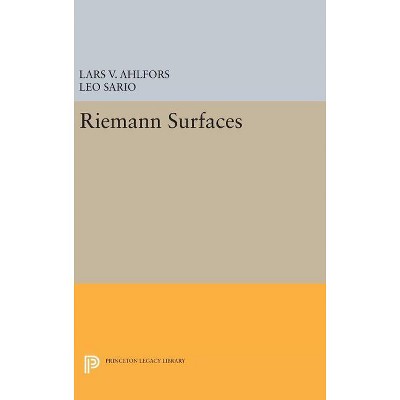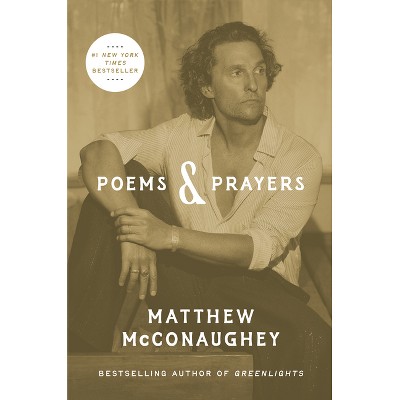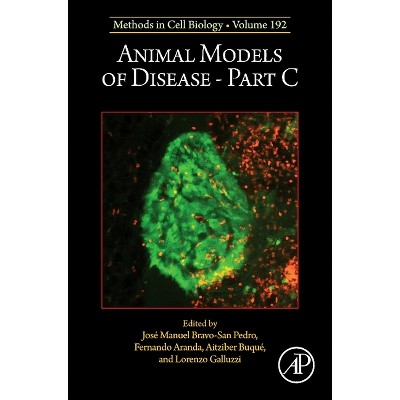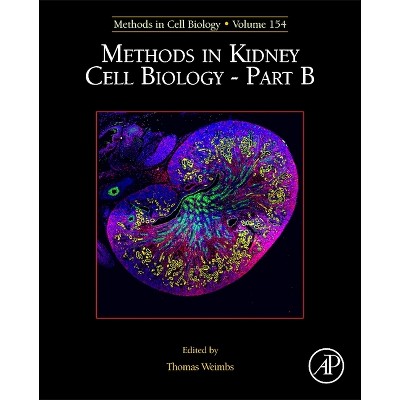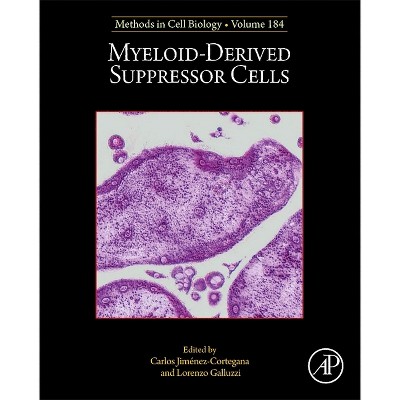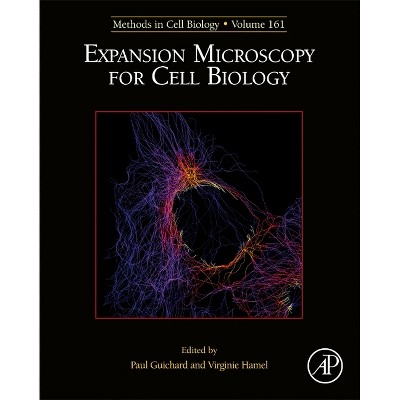Sponsored

Carcinogen-Driven Mouse Models of Oncogenesis - (Methods in Cell Biology) (Hardcover)
In Stock
Sponsored
About this item
Highlights
- Carcinogen-Driven Mouse Models of Oncogenesis, Volume 163 contains a series of protocols written by world-leading experts in the field.
- About the Author: Lorenzo Galluzzi is Assistant Professor of Cell Biology in Radiation Oncology at the Department of Radiation Oncology of the Weill Cornell Medical College, Honorary Assistant Professor Adjunct with the Department of Dermatology of the Yale School of Medicine, Honorary Associate Professor with the Faculty of Medicine of the University of Paris, and Faculty Member with the Graduate School of Biomedical Sciences and Biotechnology of the University of Ferrara, the Graduate School of Pharmacological Sciences of the University of Padova, and the Graduate School of Network Oncology and Precision Medicine of the University of Rome "La Sapienza".
- 256 Pages
- Science, Life Sciences
- Series Name: Methods in Cell Biology
Description
Book Synopsis
Carcinogen-Driven Mouse Models of Oncogenesis, Volume 163 contains a series of protocols written by world-leading experts in the field. Each manuscript provides a detailed methodological description to drive carcinogen-mediated oncogenesis in mice. Chapters in this new release include Chemical carcinogenesis in mice as a model of human cancer: Pros and cons, MPA/DMBA-driven mammary carcinomas, Dimethylbenz(a)anthracene-Induced Mammary Tumorigenesis in mice, Urethane-induced lung carcinogenesis, Methylcholanthrene-induced fibrosarcomas, BBN-driven bladder carcinomas, Oral squamous cell carcinomas driven by 4NQO, Analyzing skin tumor development in mice by the DMBA/TPA model, and much more.
Other sections cover DSS/AOM-driven colorectal carcinomas, Diethylnitrosamine-induced liver tumorigenesis in mice, Two-stage 3-methylcholanthrene and butylated hydroxytoluene-induced lung carcinogenesis in mice, Lung carcinomas induced by NNK and LPS, Pristane-induced mammary carcinomas, The 4-NQO mouse model: an update on a well-established in vivo model of oral carcinogenesis, and more.
About the Author
Lorenzo Galluzzi is Assistant Professor of Cell Biology in Radiation Oncology at the Department of Radiation Oncology of the Weill Cornell Medical College, Honorary Assistant Professor Adjunct with the Department of Dermatology of the Yale School of Medicine, Honorary Associate Professor with the Faculty of Medicine of the University of Paris, and Faculty Member with the Graduate School of Biomedical Sciences and Biotechnology of the University of Ferrara, the Graduate School of Pharmacological Sciences of the University of Padova, and the Graduate School of Network Oncology and Precision Medicine of the University of Rome "La Sapienza". Moreover, he is Associate Director of the European Academy for Tumor Immunology and Founding Member of the European Research Institute for Integrated Cellular Pathology. Galluzzi is best known for major experimental and conceptual contributions to the fields of cell death, autophagy, tumor metabolism and tumor immunology. He has published over 450 articles in international peer-reviewed journals and is the Editor-in-Chief of four journals:OncoImmunology (which he co-founded in 2011), International Review of Cell and Molecular Biology, Methods in Cell biology, and Molecular and Cellular Oncology (which he co-founded in 2013). Additionally, he serves as Founding Editor for Microbial Cell and Cell Stress, and Associate Editor for Cell Death and Disease, Pharmacological Research and iScience.
Shipping details
Return details
Frequently bought together
Trending Non-Fiction


